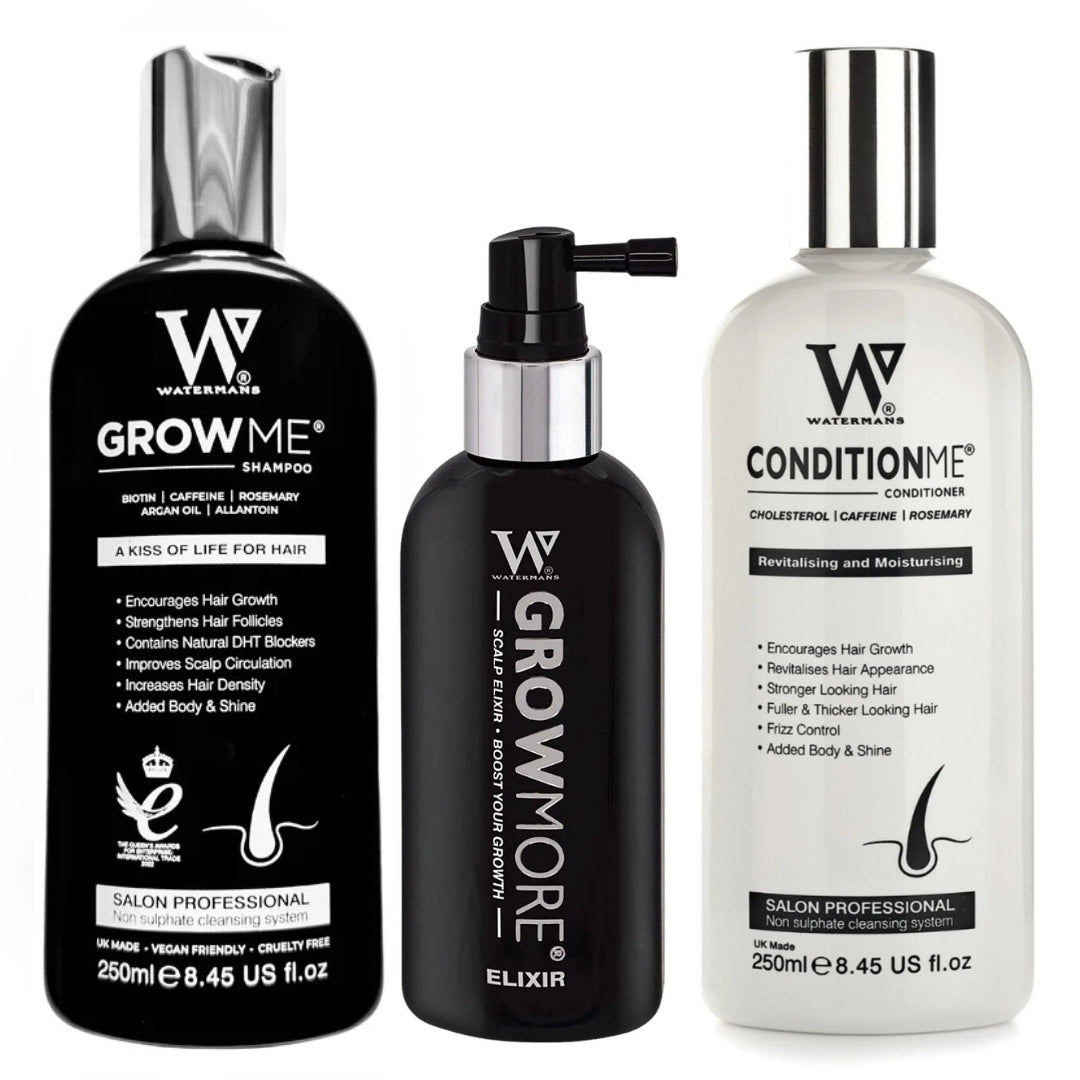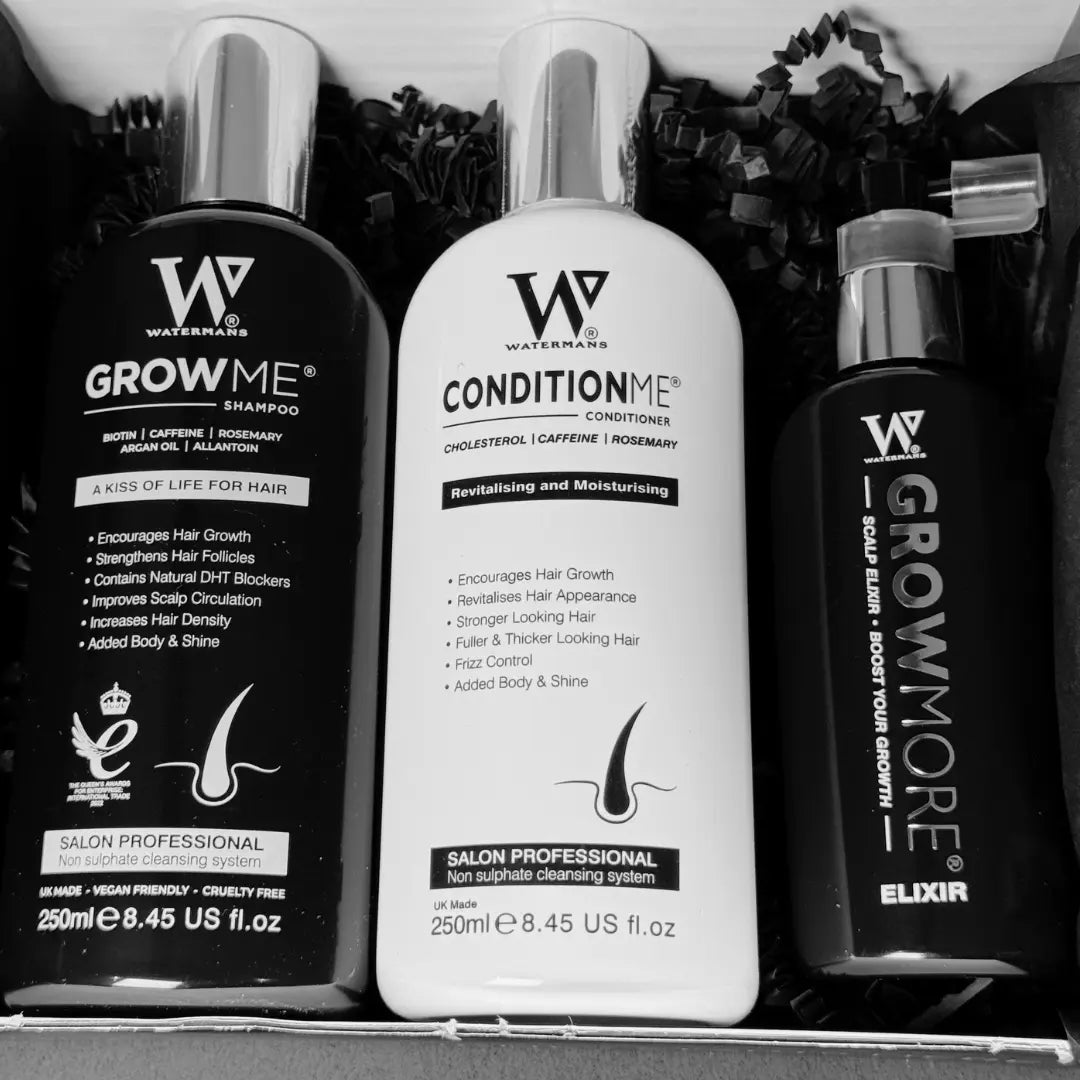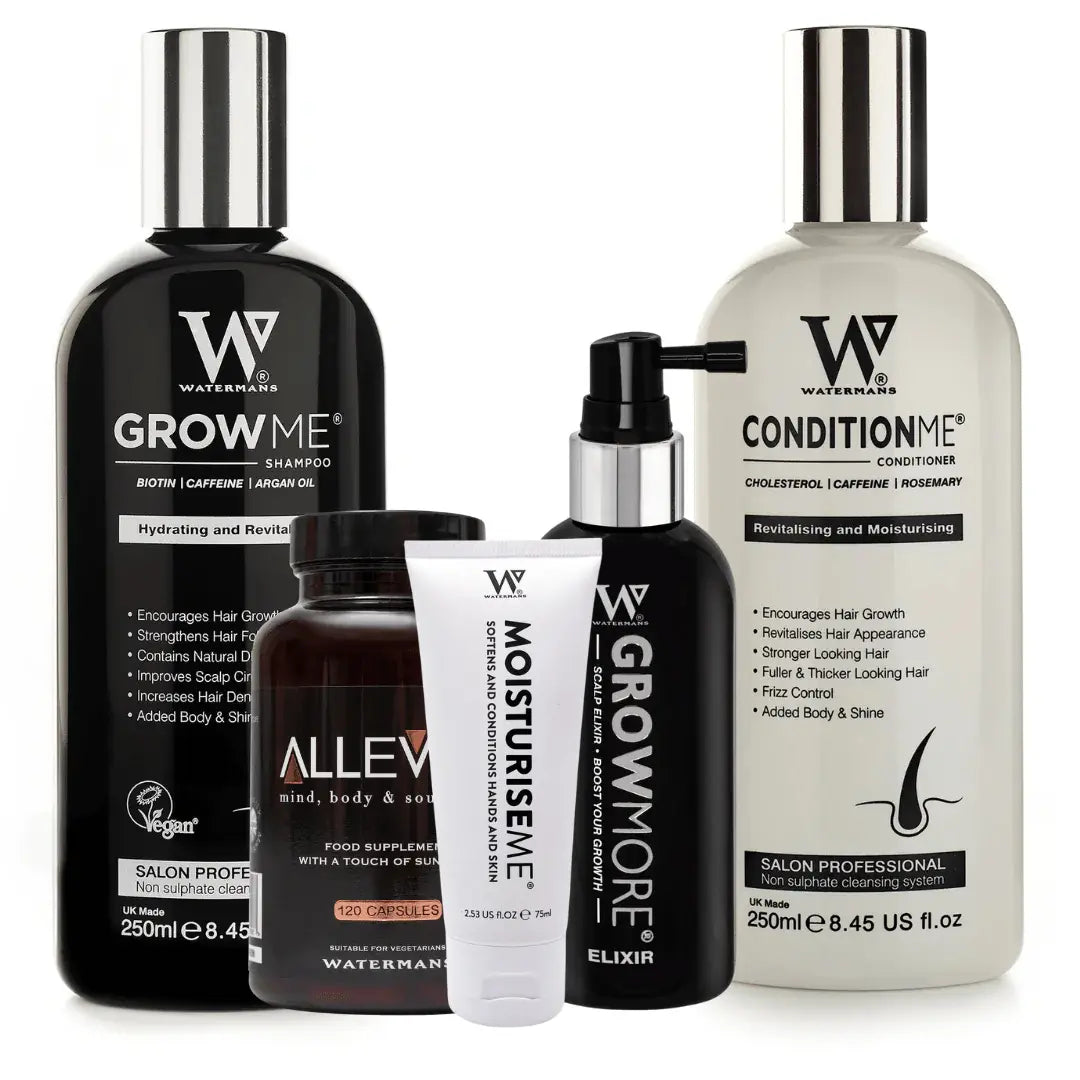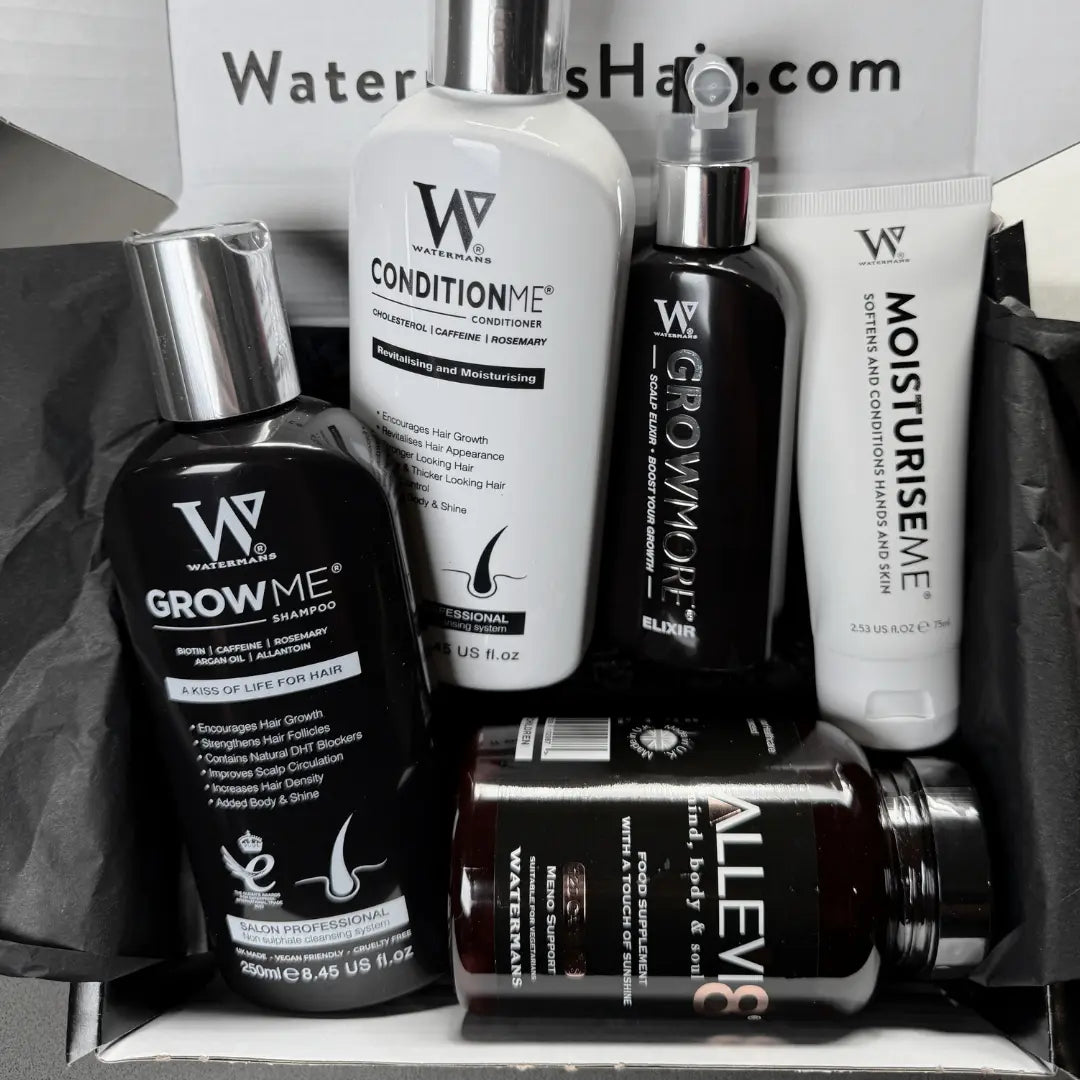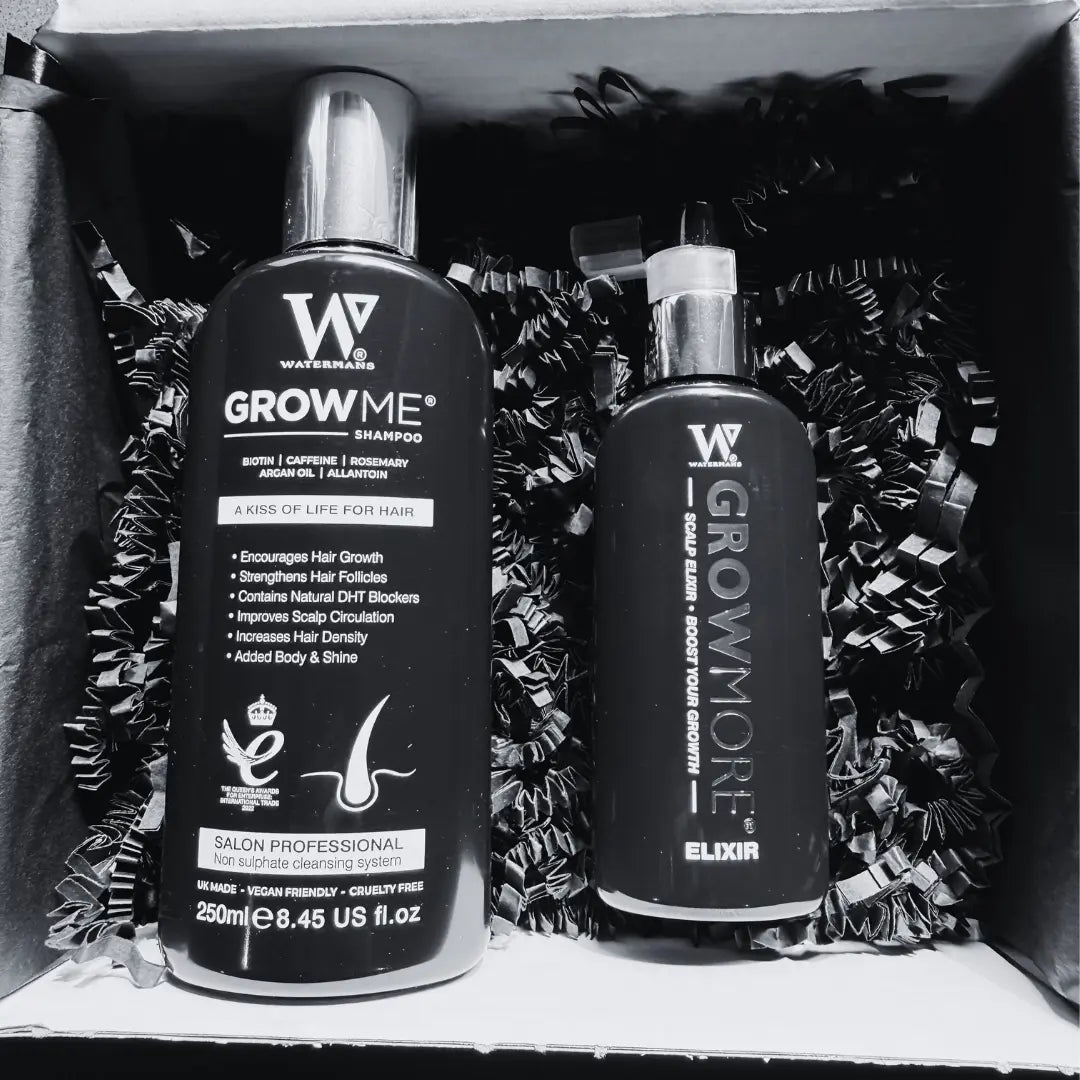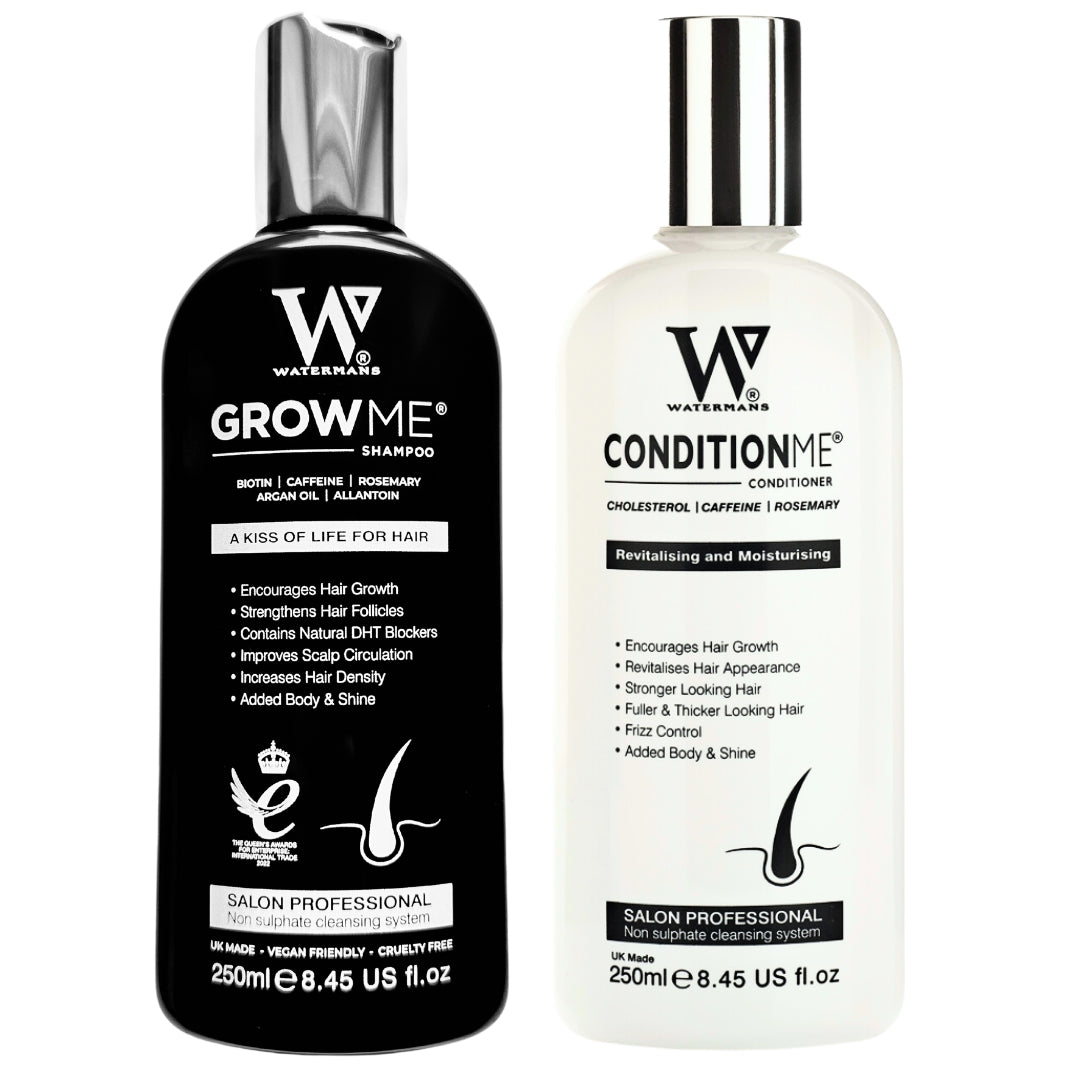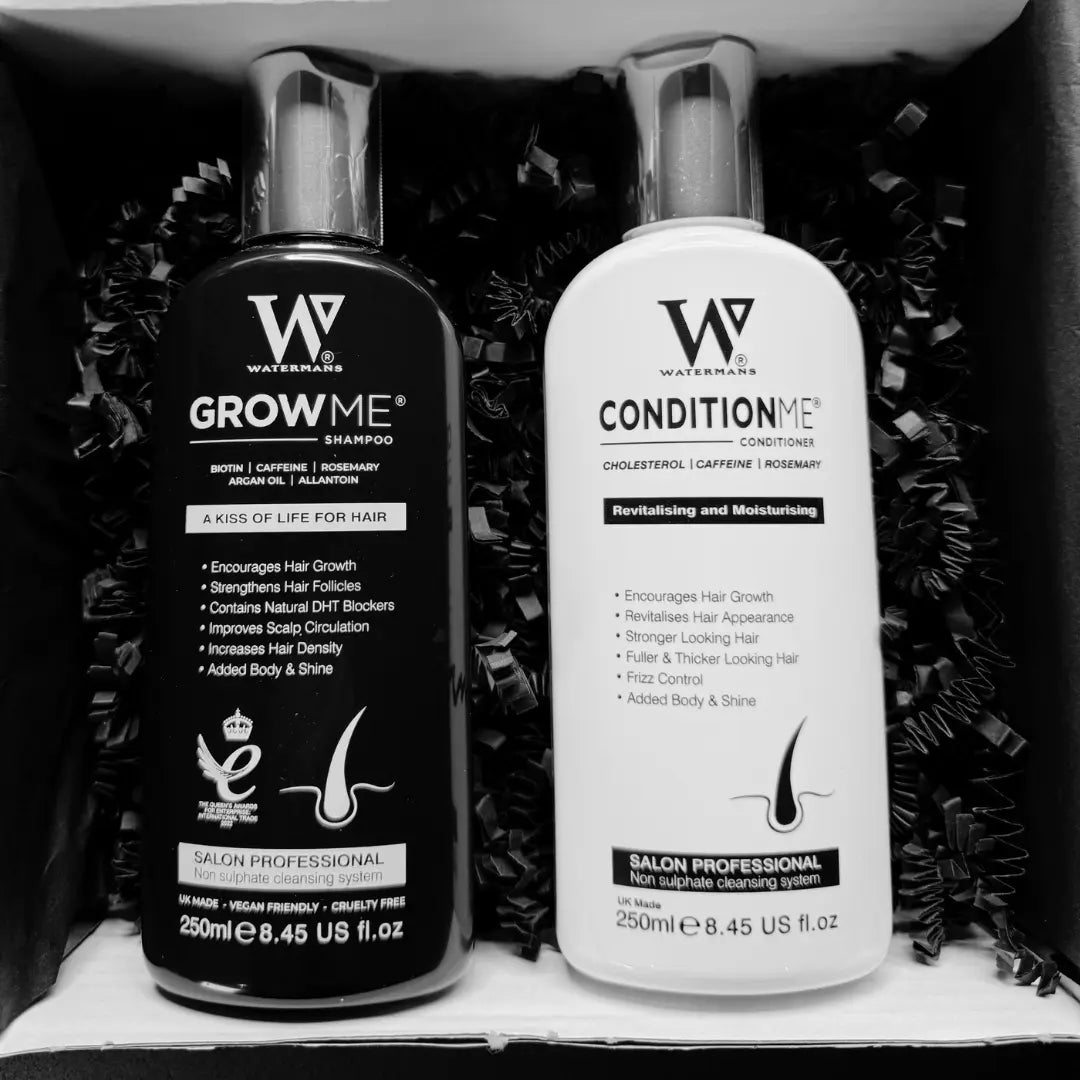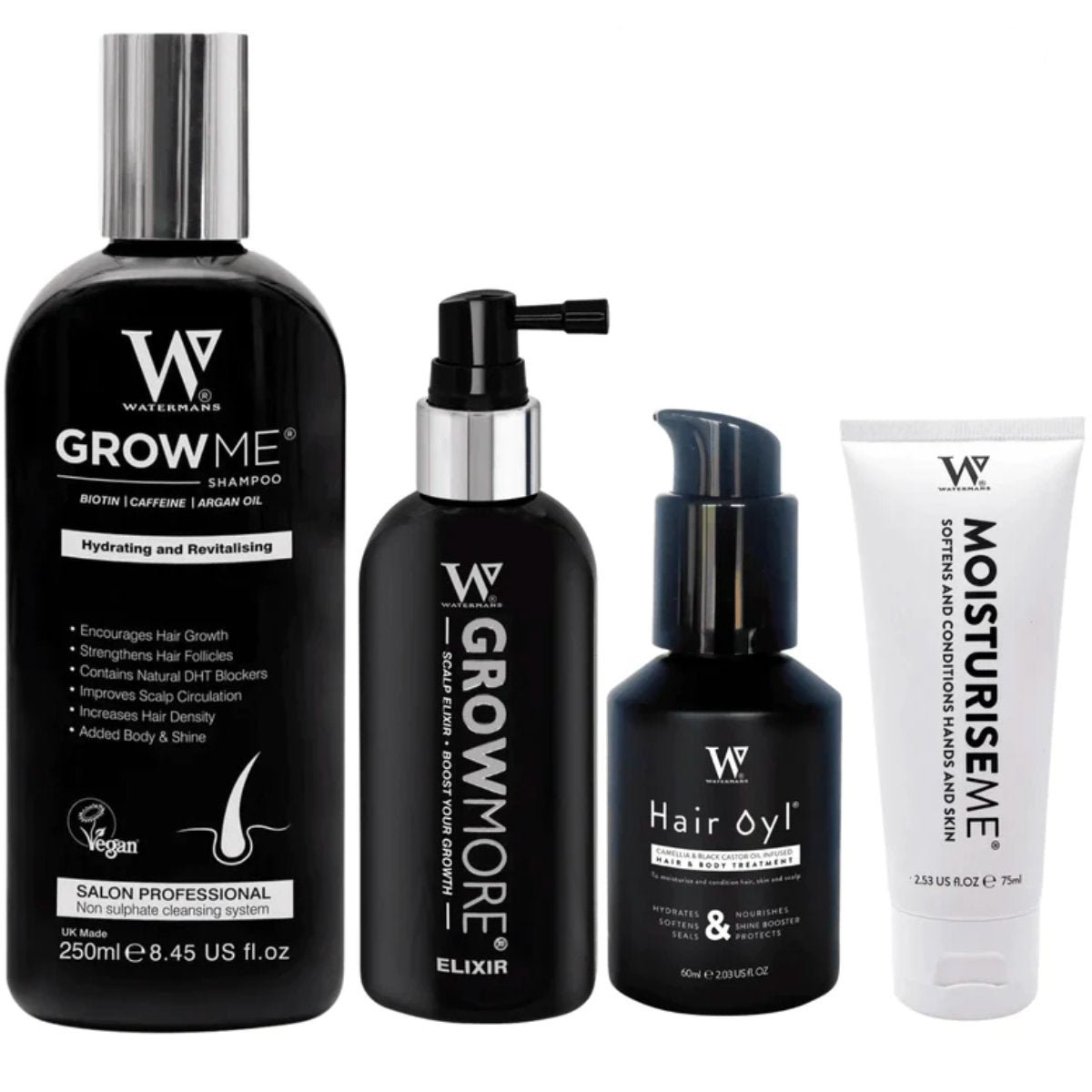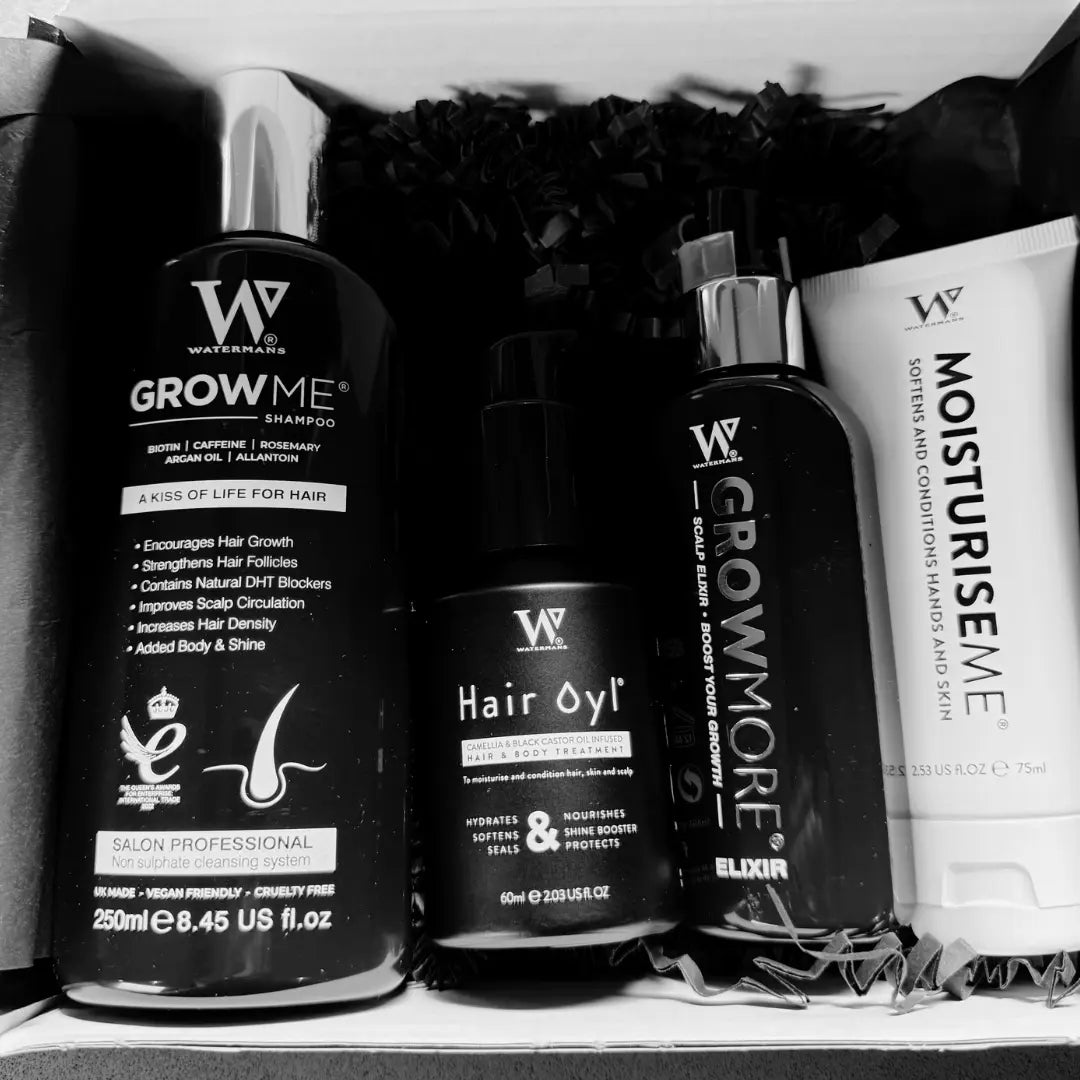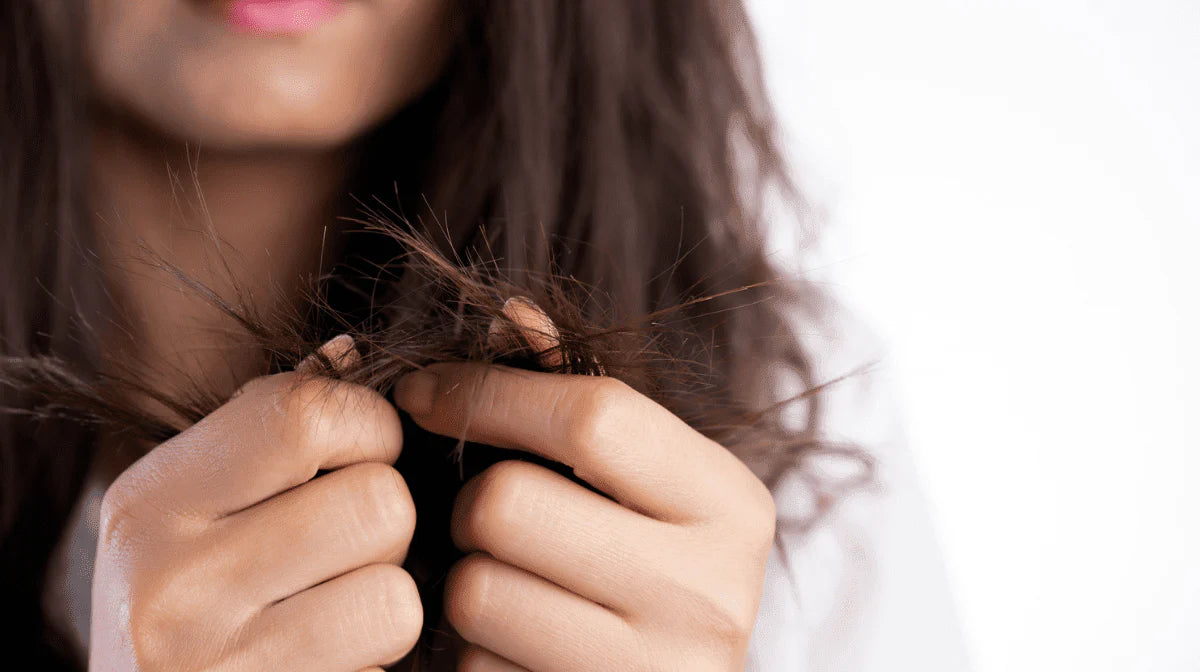
What Causes Hair Damage?
Does your hair feel dry and brittle, particularly at the ends? Is it prone to frizz and often difficult to control? These are common signs of hair damage – but don’t worry! Damaged hair is easily remedied with a touch of TLC. We discuss what causes damage, how to repair damaged hair and recommend some of the best damaged hair treatments to help restore health and shine.
Signs of Damaged Hair
So, what does damaged hair look like? There are several signs to look out for:
- Hair feels dry and struggles to retain moisture
- Hair feels brittle and is prone to breakage
- Hair looks dull and lacklustre
- Hair tangles easily
- Hair is prone to frizz
What Causes Hair Damage?
Before looking into how to repair damaged hair, it’s important to know what’s causing it.
Damaged hair occurs when the outer layer (the cuticle) begins to break down. The cuticle’s main function is to protect the hair, so when this layer is compromised, hair is left vulnerable to environmental damage and prone to breakage.
Heated Styling
Using excessive heat when styling hair (particularly without heat protection spray!), can weaken strands, causing the tell-tale signs of hair damage.
With temperatures as high as 230°C, drying, straightening and curling often cause heat damaged hair, with dry cuticles and unhealthy, frazzled-looking ends.
Expert Tip: Never skip heat protection when styling! Include our Protect Me heat protection spray in your hair care routine to help retain moisture and prevent hair damage.
Environmental Factors
The weather can have negative effects on hair’s health. Just as the sun’s UV rays can strip hair of moisture, causing dryness and breakage, hair can become tangled on particularly windy days, causing the cuticles to break and shed, removing the hair’s protective layer.
Chemical Treatments
Treatments such as chemical straightening or perming are designed to break down the natural structure of hair strands to alter their shape.
While hair looks smooth and healthy immediately after the treatment, over time, the strong chemicals prevent moisture retention, leading to signs of damaged hair.
Harsh Brushing
Knots, tangles and vigorous brushing can cause breakages, particularly when brushing wet hair. The result? Hair appears thinner and much less healthy.



